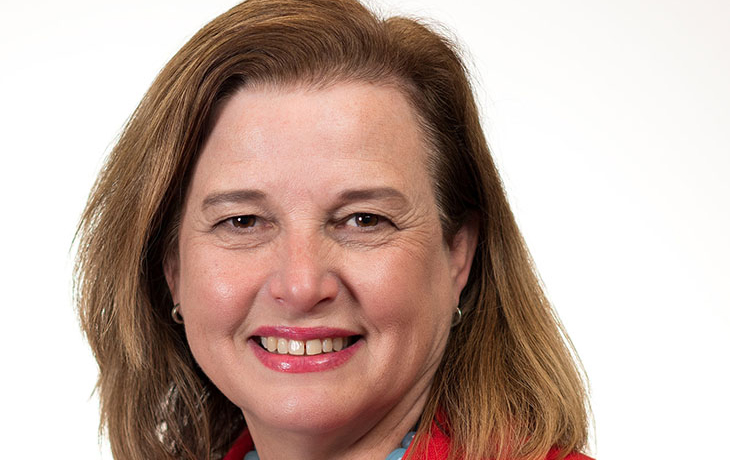
Interim Commissioner of Education Robin Fields Kinney
While I know Kentucky has many great and innovative educators across the state, I also know that students cannot learn if they are not in school. And unfortunately, too many of our students miss school on a regular basis.
According to data from the Kentucky School Report Card, almost 30% of all students were chronically absent during the 2022-2023 school year. A student is deemed chronically absent if they are in school 90% or less of their scheduled instructional time, which equates to missing a combined total of 17 days of instructional time if their school year is 170 days.
And for some student groups, the numbers are even worse. About 35% of our students who are in foster care, about 35% who are Black, 37% who are economically disadvantaged and 50% of students classified as homeless were chronically absent during the same time frame.
While I find these numbers startling, I learned from a recent Council for Chief State School Officers conference that Kentucky is not alone in the challenges of absenteeism. Many states across the nation are experiencing high rates of absenteeism. It is impacting all segments of our student population for a variety of reasons.
While we do not know the specific cause of each of these students missing school so often, I think we can make some broad guesses as to contributing factors. Some of our students struggle with transportation issues. If you are sleeping on a friend’s couch instead of having a permanent home, finding a way to school every day can seem like an insurmountable obstacle. A lack of bus drivers – which has been a consistent struggle for many of our districts – also can prove a challenge for some students who rely on a bus to get them safely to and from the school building.
Some of our students continue to struggle with social-emotional issues after the pandemic. We know the COVID pandemic impacted everyone around the globe, but it perhaps hit our youth hardest. Students are still dealing with the feelings of fear, isolation and loss that occurred during the pandemic and we must remain vigilant to provide the social-emotional support they need at school and in our communities.
Another unexpected legacy of the pandemic is we are hearing from our districts of a growing feeling of complacency from our families and students about the need for our students to be present in the classroom on a regular basis. Kentucky did an excellent job of switching quickly to online learning during the height of the pandemic due to our experiences of using non-traditional instruction days for bad weather, but the vast majority of our students learn best when they can have in-person interactions with their teachers. We must encourage our students to come to school at times when they may not feel their absolute best, but they are not contagious or ill.
And if we are honest with ourselves, some of our students just do not feel engaged in the classroom. One of the three big ideas in United We Learn, Kentucky’s vision for the future of public education, is encouraging vibrant learning experiences in our classrooms. It will take our continuing collective efforts to create learning environments that each and every student is excited about, as well as experiences that prepare them for further education, career and life.
Another of the three big ideas of United We Learn is collaboration with our communities. While chronic absenteeism is a problem that impacts education, it is not one that can be solved by our teachers and administrators alone. Our schools must be able to work in partnership with our families and communities to help make sure our students are not missing instructional time and that they recognize the importance and value of education.
Making sure our students get to school regularly is about more than just academics. There are a wide variety of services our schools provide that can help our chronically absent students succeed. Counselors can provide needed social-emotional support, as well as links to organizations or professionals in the community who can help provide services after school hours. More districts are creating in-school health clinics or have medical professionals on-site, which can help families care of immunizations, illnesses or care for chronic conditions without the student having to leave campus. Our family resource and youth service centers provide a wide variety of services to help remove the nonacademic barriers to learning that some of our students face, while our school cafeterias provide nutritious meals and snacks to students that may not have the same opportunities at home.
The reasons students are missing school are more complex now than they were before the pandemic, and the reasons for regular attendance are more important than ever.


Leave A Comment